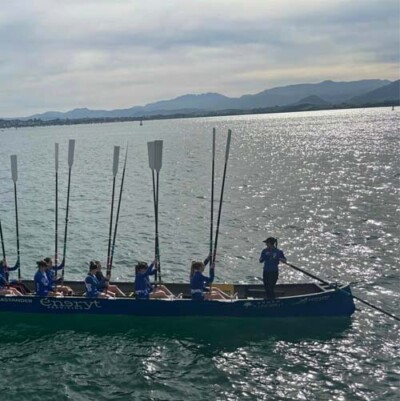Cantabrian bowls
If there is something truly characteristic of the landscape of the villages of Cantabria, it’s our bowling alleys.
Come and experience the tradition of bowls in Cantabria
The game of bowls, one of the most traditional sports in our region, is not exclusive to Cantabria. In fact, it is one of the most widespread families of traditional games across European geography, although here we have our own rules and ways of practicing this game of precision throwing.
In Cantabria, there are records of the game of bowls dating back to the 17th century, when any place was good for playing this sport, even in the middle of the street. During the 19th century, the ‘corros‘ – the playing area for bowls – were generally located in the town square, very close to the church, whose bell marked the end of Mass and the possibility of starting the game.
The gradual moving away from the throwing area, and the consequent danger of the thrown balls, necessitated the delimitation of the playing area, ‘bolera’ or ‘corro’, with stone walls. This gave rise to the traditional bowling alleys that are preserved today in places like Santillana del Mar or Puente San Miguel, among others.
At the end of the 19th century, some bowling alleys were replaced by others built next to taverns, where their owners combined the game with business. In this way, and over the years, its practice spread to different localities, with each area adopting a different modality, eventually leading to the four currently practiced: Bolo Palma, Bolo Pasiego, Pasabolo Tablón, and Pasabolo Losa.
Nowadays, in addition to those near churches and hospitality establishments, we can find them in parks and public areas, in some cases as large facilities, both outdoors and indoors.







